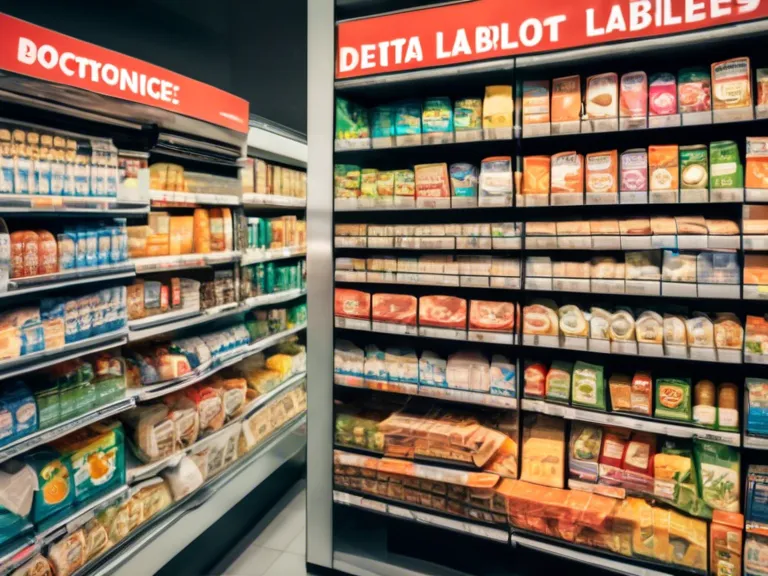
Decoding Food Labels: Data Science’s Role in Understanding Nutrition
With the rise of health-conscious consumers, understanding nutrition information on food labels has become more important than ever. However, navigating through lengthy lists of ingredients and confusing numbers can be a daunting task. This is where data science comes in to help decode food labels and make informed decisions about what we eat.
Data science uses algorithms and statistical models to analyze and interpret large amounts of data. In the context of food labels, data science can be used to uncover hidden patterns and insights that may not be obvious to the naked eye. By applying data science techniques to nutrition information, consumers can better understand the impact of what they are eating on their health.
One way data science can help decipher food labels is by categorizing ingredients based on their nutritional value. For example, a data science algorithm can identify which ingredients are high in sugar or sodium, allowing consumers to quickly determine if a product is healthy or not. By using data science to analyze ingredients, consumers can make more informed choices about the foods they purchase.
Data science can also be used to predict the nutritional content of a food product based on its ingredients. By analyzing the nutritional profile of similar products, data science algorithms can estimate the amount of calories, fats, sugars, and other important nutrients in a new product. This can be particularly useful for consumers with dietary restrictions or specific health goals.
In conclusion, data science plays a crucial role in helping to decipher food labels and understand nutrition information. By leveraging the power of data science, consumers can make more informed decisions about the foods they eat, leading to a healthier lifestyle in the long run.



